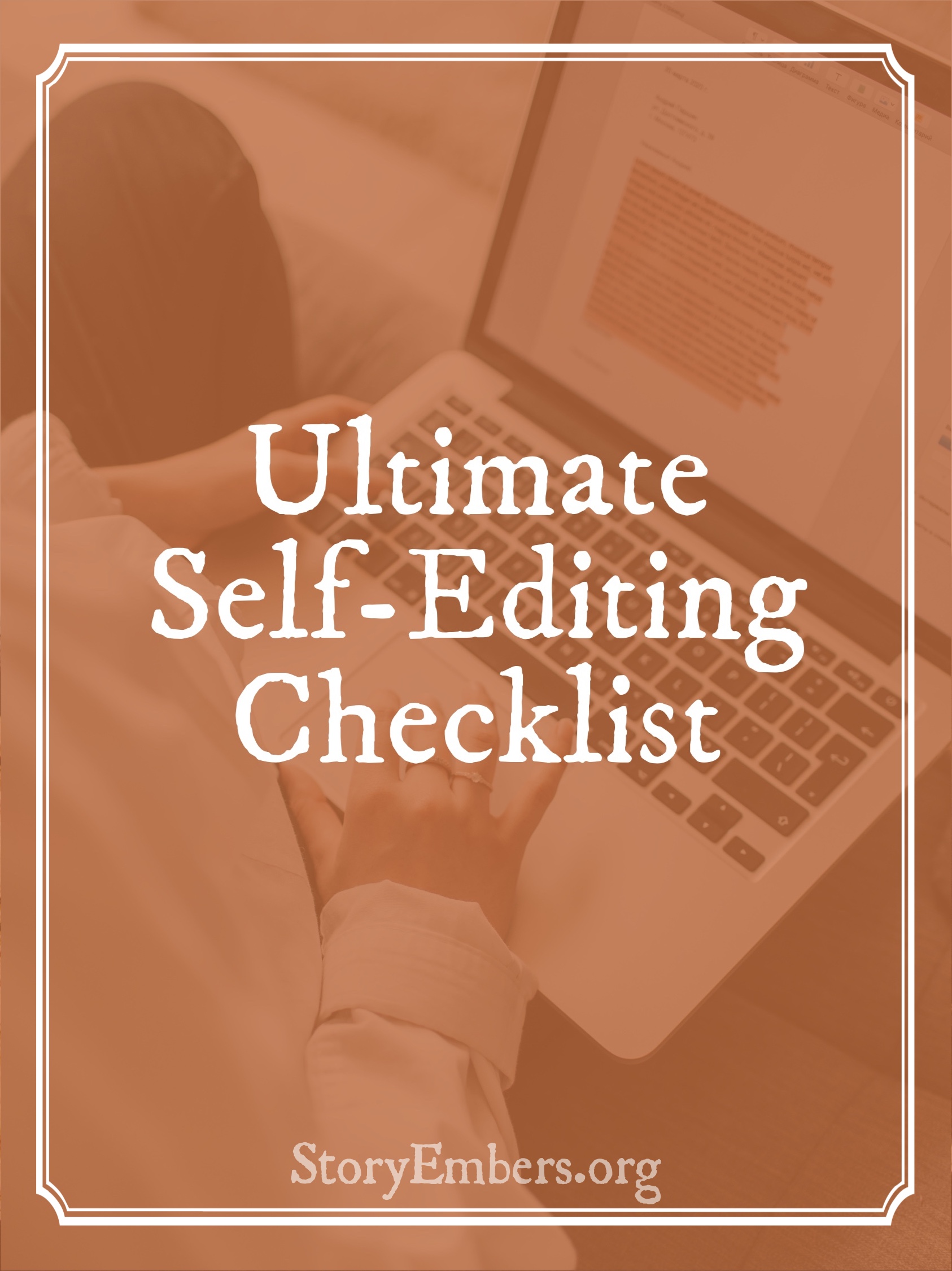If you’ve ever compared a first draft to a final manuscript, you know that writers rarely produce a sellable novel the instant they type “The end.” They need to make time consuming and tedious changes to turn their ideas into art that others will enjoy.
When you revisit your work, you’ll have a better understanding of your characters, a clearer vision of your timeline, and a deeper passion for the topic or theme. The wisdom you gain after hours spent exploring and experimenting enables you to craft a more compelling and cohesive version of your premise.
To me, drafting a manuscript is akin to creating an animal figurine out of a pile of clay. Section by section, you mold, carve, and polish your loosely formed impression into a muscular, spirited stallion. Over the past few years, I’ve had to revise three manuscripts, and during that process, I stumbled across four methods that increased my efficiency. The clay analogy is ideal for conveying each one.
1. Kneading
Writers sometimes jump straight to edits without rereading their manuscripts. But that’s like expecting your sculpture to stick together without preparing your materials first. You must repeatedly squeeze the polymer to remove air bubbles and make it pliable.
If you don’t reacquaint yourself with your manuscript, you risk facing multiple do-overs. For example, perhaps you started your original draft with a certain ending in mind. A handful of chapters might contain threads pointing to that outcome. But halfway through, your protagonist yanks the story in a different direction. Not catching the shift means you’ll later have to backtrack and revamp those earlier scenes. And instead of wasting mental energy on a segment with the obsolete plot line in it, you could have simply deleted it and moved on. A reread prevents unnecessary hassle.
I switch on the read-aloud tool in my word processor since otherwise my mind tends to insert words and punctuation that aren’t there. Listening to the story not only reveals big-picture issues but also repetition and boring sentence structures. I often fixate on a cool new term I learned, or I’ll pepper my chapters with fillers like so, just, actually, still, and really.
During your initial read-through, identify all the areas that require extra attention and be sure to take detailed notes you can reference when you progress to the next phase. Does each chapter close with an enticing hook? Are the characters unique and is their behavior consistent? Does the timeline flow? Do you detect any worldbuilding gaps? Is your prose littered with verbal tics?
2. Shaping
Once an artist has softened the clay, he’ll liberally pinch, roll, cut, and fold it to add definition. This is the stage where you’ll haul out your previous analysis and tackle the broader elements before the nitty-gritty ones, preferably in consecutive order.
When I was revising Offsides, the second novel in my sports series, I noticed discrepancies in my protagonist and unlikable traits in my side character. Targeting each one specifically, I combed through every chapter and evaluated their actions and dialogue. I needed genuine characters who maintained their distinct identities. Upgrading them altered numerous interactions, which opened up a range of new possibilities.
As I retraced where I introduced their goals, motivations, and obstacles, I assessed whether their personalities still lined up with those earmarks and led to growth. If any aspect remained unclear, I expanded my descriptions. I then checked to see if I’d repaired plot holes or accelerated the momentum.
Lastly, I narrowed my focus to individual scenes. That encompassed everything from trimming extraneous paragraphs to improving pacing to renaming characters so I didn’t have Dani (a girl) and Danny (a boy) on the field. For pivotal moments, I considered how I could leverage word choice to heighten tension and contrasts to showcase hope. And when I reached the culmination of a chapter, if it fell flat, I searched for the reason.
Modifying one part usually affects other parts, multiplying the amount of adjustments you need to make, so proceeding from the macro to the micro level will save you from endless rounds of editing.
3. Curing
Before pottery goes into a kiln, it must sit until the clay dries. Firing wet clay can cause steam to form in air pockets and shatter the project. Once you’ve poked and prodded your manuscript, separating yourself from it is equally crucial. You’ll allow your brain to reset so you can look at your story with a fresh perspective. Remember, until you’ve submitted it to a publisher, you can continue to tweak it.
Use the break to let someone else, such as a critique group, editor, and/or beta readers, give you feedback. I usually send my readers a questionnaire so that they’re not fussing over the spelling and punctuation errors my line editor will correct. A few categories I cover are: character relatability, motivation believability, plot congruity, scene clarity, and ending unforgettability.
4. Baking
As you’re readying your manuscript for publication, you’ll put the heat on and gradually transform it from a fluid, adaptable form to a hardened, finalized form. After you receive responses from your beta readers, you’ll need to review your manuscript at least one more time (probably more) to apply their suggestions. And don’t take the criticism personally! Instead, treat their input as an opportunity to improve.
You may not agree with every nitpick, but don’t be too quick to dismiss a concern, because if one reader is struggling to comprehend a piece of your story, others might too. Compare the comments—do any consensuses emerge? When I shared my draft of Inside the Ten-Foot Line, the first novel in my sports series, several beta readers told me that they rooted for the antagonist instead of the protagonist. I also realized that the dynamic between the protagonist and the antagonist gelled when they teamed up, so my beta readers helped me recognize a web of flaws in my story. Additionally, because many volleyball rules and plays proved difficult for non-athletes to follow, I incorporated a glossary.
Test your (and others’) ideas thoroughly, keeping what serves your story and discarding what doesn’t. Then activate the read-aloud tool again to isolate any punctuation or grammar errors that might have cropped up. You’ll hear these tiny mistakes more easily than you’ll spot them. When you’re finished, you can hit submit with confidence.
The Sculpture
After cycling through the kneading, shaping, curing, and baking, the potter has an inspiring ceramic to display. When you go through the revision process, you’ll leave your workshop with a masterpiece you can proudly present to the world too.
It’s not a fast or easy task. But joy can be found as you hone your story into something durable and lasting. So throw the clay on the table, roll up your sleeves, and start molding. The result is worth the messy hands and sore muscles.
Elementary school teacher Lori Z. Scott usually writes fiction because, like an atom, she makes up everything. Her down time is filled with two quirky habits: chronic doodling and inventing lame jokes. Neither one impresses her principal (or friends/parents/casual strangers), but they do help inspire her writing. Somehow her odd musings led her to accidentally write the 10-book best-selling Meghan Rose series and purposely write more than 150 short stories, articles, essays, poems, and devotions. In addition, Lori contributed to over a dozen books, mostly so she would have an excuse to give people for not folding her laundry. (Hey! Busy writer here!) As a speaker, she’s visited several conferences and elementary schools to share her writing journey. Some of Lori’s favorite things include ice cream, fuzzy socks, Batman, Star Trek, Star Wars, books, and hugs from students. Guess which one is her favorite?



















Brilliant advice! Very relatable and cogently explained! Thank you, Lori!
I am in the editing and re-writing stage of my WIP and can relate to so many points here.
I kneaded this… (bad pun, I know 😉 )
Editing is a grueling process, but so very crucial to the outcome.
I am currently “graying my hair” over a final scene in Chapter 16 of my novel and have been asking myself this very question at the end of every chapter.
“Does each chapter close with an enticing hook?”
This is what I have always wanted to make sure of.
This part…
I switch on the read-aloud tool in my word processor since otherwise, my mind tends to insert words and punctuation that aren’t there. Listening to the story not only reveals big-picture issues but also repetition and boring sentence structures.
…is so very true. I catch so many errors “listening to the story” rather than just reading through it. There is something about listening to it that gets me closer to the experience of the reader as opposed to being the author. It seems to give me that objective distance to step back. I catch the cadence and rhythm of the words by doing this, to hear whether my characters “sound natural” in their interactions.
One thing that I may suggest, is to record yourself “performing” the scene, rather than having a flat monotone “Read-Aloud voice” spit it back at you. A lot of times, I realize the emotional complexity of a scene better by recording how I portray the voices of the characters.
I tend to cycle through the first 3 stages without fully moving into the final part of stage 3 and then into 4.
1. kneading,
2. shaping,
3. curing,
4. and baking
Hopefully, this upcoming Summit will help me move further toward being able to turn on the oven.
Thank you so much for sharing this very timely and helpful article and concepts. Much appreciated!
This was an amazing post! I love seeing how things so different (yet, apparently, so similar) can have the ‘same’ steps to them. And Brian, that pun WAS funny, I ‘kneaded’ to hear that today!